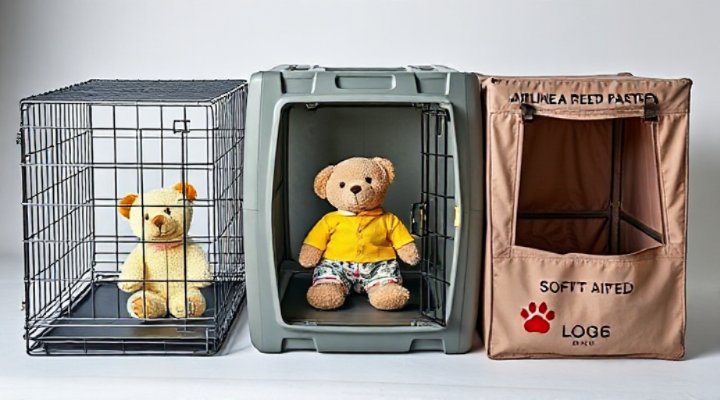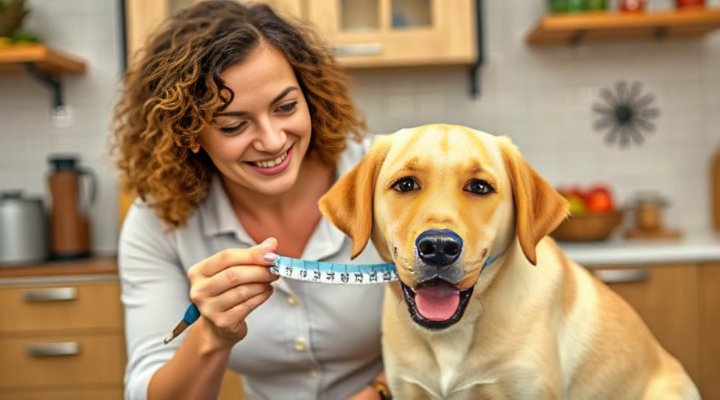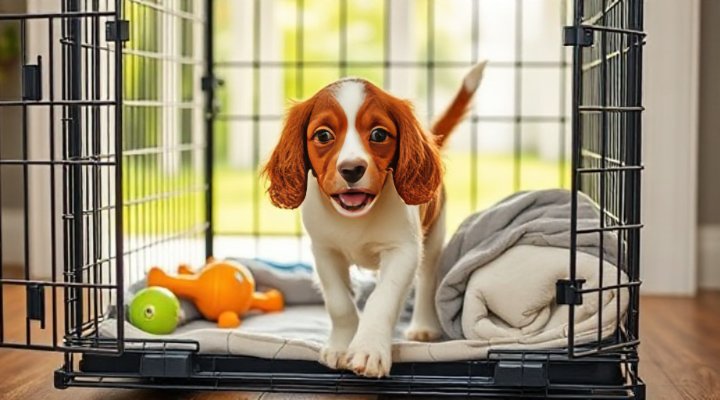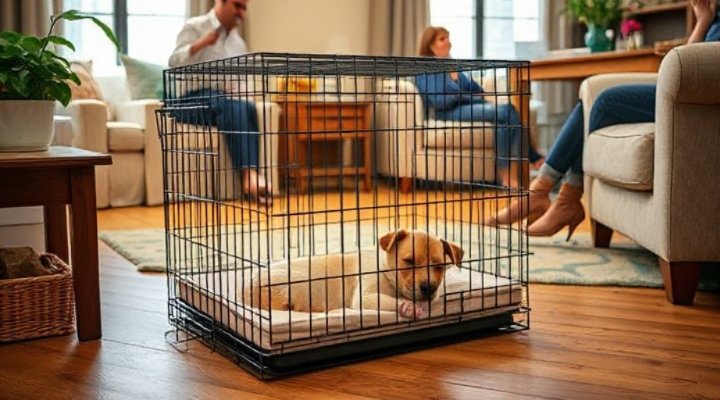Bringing home a new puppy is an exciting adventure, and one of the most important purchases you’ll make is selecting the best crate for your furry friend. A crate serves multiple purposes – it becomes your puppy’s safe space, aids in housebreaking, and prevents destructive behaviors when you can’t supervise. But with so many options available, how do you choose the perfect one?

Why Crate Training Matters for Puppies
Crate training taps into your puppy’s natural instinct to seek a den-like space. According to the American Veterinary Medical Association, proper crate use can significantly reduce anxiety and aid in house training. Our comprehensive guide on crate training techniques explains this process in detail.
When I adopted my golden retriever Max, I initially underestimated the importance of crate selection. The first crate I bought was too large, which actually hindered his housebreaking progress. After consulting with a trainer and switching to a properly sized crate, the difference was remarkable!

Types of Puppy Crates: Finding the Best Fit
There are three main types of crates to consider for your puppy:
Wire Crates
These offer excellent ventilation and visibility, making them ideal for home use. Many models come with dividers to adjust as your puppy grows. The scientific approach to crate training suggests wire crates work well for most puppies.
Plastic Crates
Sturdier and more enclosed, these are perfect for travel and anxious pups who prefer a cozier space. They’re also airline-approved for those planning to fly with their pet.
Soft-Sided Crates
Lightweight and portable, these work best for older, housebroken puppies or temporary use. They’re not suitable for chewers!

Measuring Your Puppy for the Perfect Crate Size
Size matters tremendously when selecting the best crate for your puppy. A crate that’s too large defeats the purpose of housebreaking, while one that’s too small will be uncomfortable. Here’s how to measure:
- Have your puppy stand naturally
- Measure from nose to base of tail
- Add 2-4 inches for comfort
- Measure height from floor to top of head (or ears for floppy-eared breeds)
- Add 2-4 inches
Remember, your puppy should be able to stand, turn around, and lie down comfortably, but not have enough extra space to eliminate in one corner and sleep in another. For growing puppies, consider crates with dividers or our crate training guide for adjustable solutions.

Making the Crate a Happy Place
The best crate for your puppy is only effective if they see it as their safe space. Here are some tips to create positive associations:
- Start with short periods and gradually increase
- Always associate the crate with positive experiences
- Use special treats only given in the crate
- Include comfortable bedding and safe chew toys
- Never use the crate for punishment
The Humane Society recommends making the crate inviting with soft blankets that smell like you. I found that feeding meals in the crate helped my puppy develop positive feelings about his new space.

Crate Placement and Safety Tips
Where you place the crate in your home significantly impacts its effectiveness. Ideal locations are:
- Near family activity areas (but not in direct traffic paths)
- Away from direct sunlight or drafts
- Somewhere your puppy can see you
- Quiet enough for undisturbed sleep
Safety considerations include removing collars before crating (to prevent choking hazards) and ensuring proper ventilation. For more on creating a safe environment, see our puppy training tips.
Transitioning Out of the Crate
While the best crate for your puppy serves important purposes initially, the ultimate goal is to graduate to crate-free freedom. Signs your puppy might be ready include:
- Consistent housebreaking for several months
- No destructive behaviors when left alone
- Calm demeanor when uncrated
Start with short unsupervised periods and gradually increase. Many dog owners keep the crate available as a voluntary retreat space even after formal crate training ends.
Related Keywords
puppy crate training | best dog crate sizes | housebreaking with crate | puppy safe space ideas | choosing dog crates | crate training benefits | puppy den instinct | crate training schedule | anxiety reduction crate | travel crates for puppies

